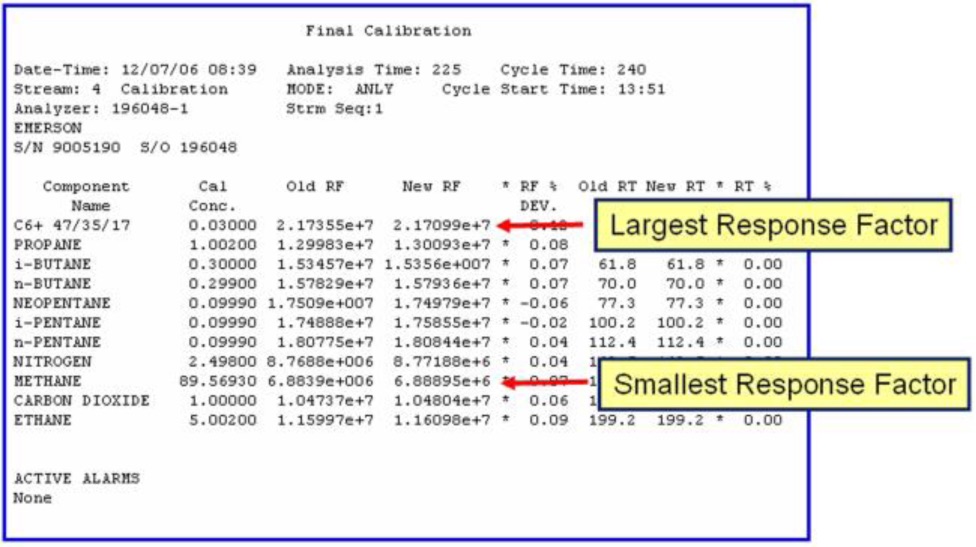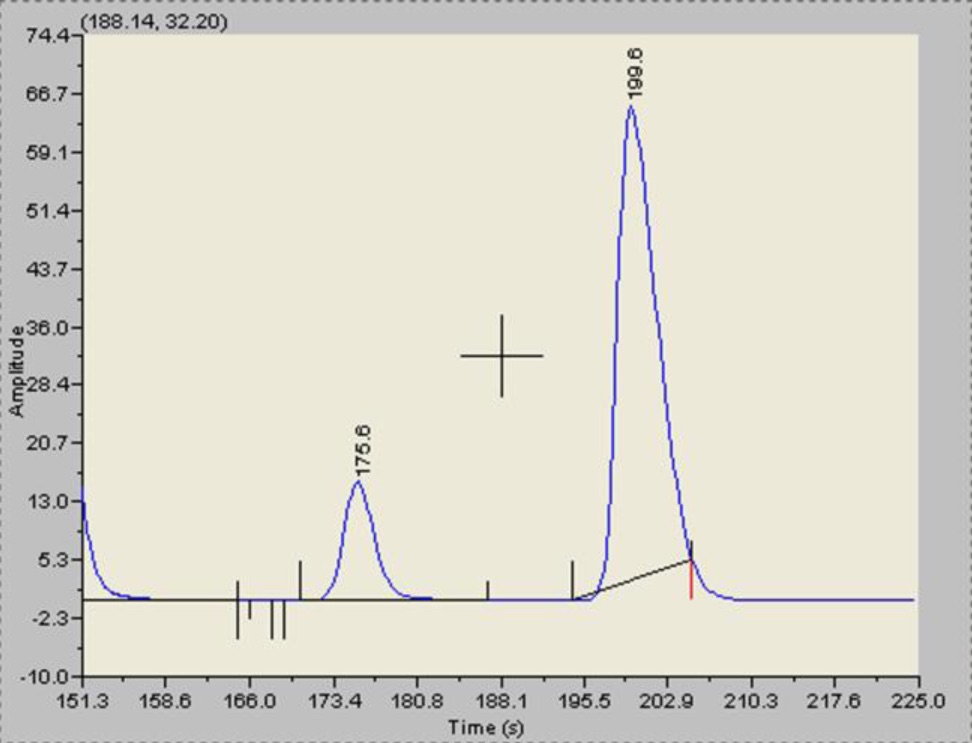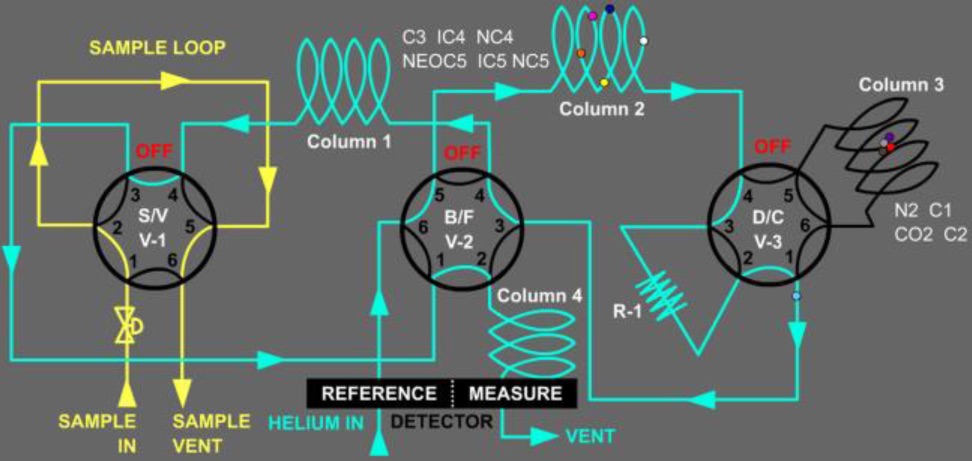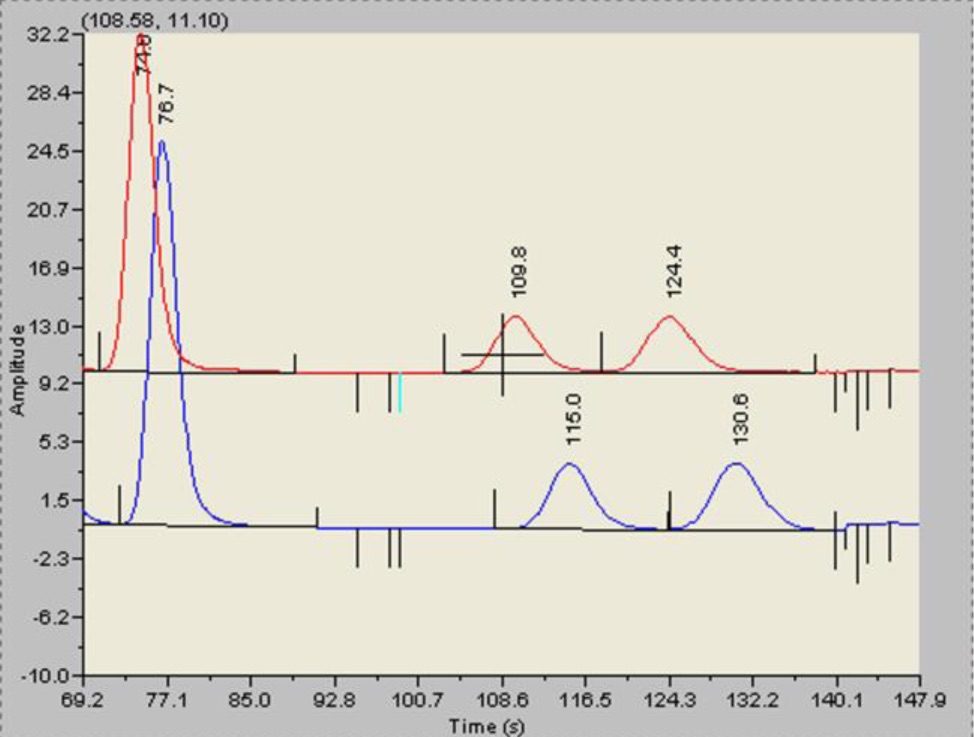February 2017, Vol. 244, No. 2
Features
Verifying Gas Chromatographs at Custody-Transfer Locations

Gas chromatographs (GC) play a critical role in custody-transfer operations and their accuracy literally impacts – may even determine – a company’s bottom line. Verifying accuracy is an essential function that ensures the correct operation of the analyzer at the time of testing, confirms that the GC performed properly during the periods between validations and assesses the likelihood of continued proper functioning until the next validation. Therefore, it is essential that the process:
- Verify the operation of the GC for the previous period.
- Verify the current accuracy of the GC.
- Check for changes in operation that may affect future reliability.
Note verification is not calibration. During a calibration, the GC calibration factors are adjusted to measure correctly. Strictly speaking, verification is only confirming that the measurement and operation of the GC is correct. During a validation process, it may be found that the GC does need to be calibrated, but that is not the purpose of the validation process.
Very importantly, understand that running the cal-gas as an unknown is not a valid method of verifying the accuracy of a gas chromatograph. It will always read what it was forced to read in the morning calibration run. If the GC is set up incorrectly, has an issue, or the calibration gas blend is bad, the daily calibration may hide the issue and result in inaccurate analysis for the sample stream.
Here’s how to proceed correctly:
Because the GC will be offline during much of a validation procedure, it should only be performed when the composition of the gas flowing through the metering station is relatively stable.
Since periods of stable gas composition can be difficult to predict, stations with ultrasonic meters can use the measured speed of sound to compare against the calculated speed of sound for the fixed composition. This will effectively monitor the validity of the fixed composition during the validation. If the variation in the speed of sound varies by more than 2%, the validation procedure should be halted, and the GC should be returned to service until the gas composition stabilizes.
Verifying Operation
To verify that the GC has been operating correctly for the period prior to the verification test, download and analyze the chromatograph archives. Most GCs suitable for custody-transfer applications store analysis data, event logs and alarm logs from the previous 34 days, minimum.
Download and check the following data:
- Un-normalized total trend – Confirm the un-normalized total for every analysis is between the accepted limits, which are typically 98% and 102%. Note periods of extremely low un-normalized totals may line up with periods when the meter run was shut in, and the sample pressure was extremely low.
- Alarm logs – Confirm any alarms that have occurred during the period were caused by known events such as power failures or scheduled maintenance. All alarms during the period should be investigated and the cause determined prior to verifying the accuracy of the GC.
- Event logs – Confirm any changes to the configuration were performed by qualified personnel during periods of scheduled maintenance and confirm that the changes have not affected the operation or calculations of the GC.
Accuracy of GC
To verify the current accuracy and performance of the GC, confirm that the as-found calibration is correct, and then observe the correct operation and repeatability of the GC. The best method is to understand how the GC detector responds to the components and confirm that the actual response matches the theoretical response to confirm that the GC is analyzing correctly.
In a calibration cycle, the response factor, which is the response of the detector to each component, is calculated. The formula for the response factor is:


Gas chromatographs for natural gas measurement typically use thermal conductivity detectors (TCD) that produce an output dependent on the thermal conductivity of the gas passing across it. Since the thermal conductivity of a component is a constant physical property, and each component has a different thermal conductivity, the response of the detector to each component should follow a set pattern.
The TCD is typically two thermistors that change in resistance with a change in temperature. One thermistor (the “reference”) has only the carrier gas passing over it, and the other thermistor (the “measure”) has the output of the columns that will have the separated components and the carrier gas passing over it. The magnitude of the detector output is dependent on the difference in thermal conductivity of the gases passing over the reference and measure thermistors.
Of the components typically measured in natural gas GCs, methane has the thermal conductivity closest to helium (the carrier gas), and so produces the smallest amount of detector output for a given concentration. Nitrogen has the next closest thermal conductivity, and so will have a response factor larger than methane. If upon inspection it is found the response factor for nitrogen is actually smaller than methane, you can deduce there is an error in the measurement of either methane or nitrogen. The response factors for each component are given on the final calibration (Fig. 1).

The order of the response factors for a GC using a single detector, from smallest to largest:
| 1. Methane | 7. normal-Butane |
| 2. Nitrogen | 8. neo-Pentane |
| 3. Carbon dioxide | 9. iso-Pentane |
| 4. Ethane | 10. normal-Pentane |
| 5. Propane | 11. C6+ |
| 6. iso-Butane |
If the magnitude of the response factors is not in this order, it indicates there is calibration error from the gas chromatograph that must be rectified before the validation can be completed.
Once the existing calibration of the GC is confirmed to be accurate, the next step is to run the GC through a calibration cycle:
- Analyze the calibration gas as an unknown. Save the analysis report and the chromatogram.
- Confirm the analysis report matches the cal-gas certificate
- Run a normal calibration. Save each calibration report.
- Save the final calibration report and the final calibration chromatogram.
- Analyze the results.
The goal of this test is to confirm the GC will calibrate correctly and that the accuracy of the measurement will not change after the calibration. If any alarms are raised during the calibration cycle, the validation has failed.
Check the results of the analysis of the calibration gas before and after the calibration cycle for repeatability. The repeatability specifications for most gas chromatographs are ±0.25 BTU/scf per 1,000 BTU (±0.025% of heating value) for an extended temperature range (0 to 140° F or -18 to 56° F).
The final calibration report should be checked for the following:
- Response factor order.
- Response factor deviation – The alarm limit is 10%, however, typically it is below 2%. If any component has a significantly larger deviation than the others, further investigation is warranted.
- Retention-time deviation – Most gas chromatographs for this application will track changes in the retention time of the peaks for each component. When a daily calibration is performed, this deviation should be less than one second.
Check for Changes
Once these procedures have been completed, the GC operation for the period up to the verification test is over and the GC can be returned to service. The next step in verifying the GC is to check for changes that may affect the future reliability of the GC during the next period of service.
An estimated 80% of measurement issues with any gas chromatograph are due to long-term contamination of the analytical flow path. This results in a gradual increase in the retention times of the individual component peaks. As the retention times of the components increase, the analytical performance may begin to suffer. When the measured peaks drift, there may be interference with the fixed timed events (Fig. 2).

As a result, the valve timing, which is timed to occur between two components, may start to misdirect the components into the wrong columns or flow paths (Fig. 3).

Analyzing the current chromatogram in isolation will not highlight the potential for retention time drift to cause an issue in the next validation period. The current calibration chromatogram should be compared to the chromatogram from the last verification test to assess the amount of drift that has occurred during that period. This information can then be used to make a judgment on the likely amount of drift to occur during the next period.
It can be seen that there has been a shift in retention times by a maximum of six seconds (Fig. 4).

If this GC was to be left for the same amount of time without adjustment, there is a high likelihood the normal-pentane (the last peak) will be affected by the timed events. During the verification testing it should be assessed whether the GC should undergo planned maintenance during the next period.
Verification Reports
As with all events that occur in relation to custody-metering locations, it is important that full records of the tests performed are kept and available for all parties’ use.
The operator of the custody-transfer location should provide a written procedure outlining all of the steps to be taken, with space for the metering personnel performing the tests to confirm the steps have been completed and to allow any variations or observations to be noted. The test procedure must also provide for all of those performing and witnessing the verification test to be noted and allow room for their signatures.
All of the information collected during the verification test should be stored offsite in a secure location. Often all parties of the verification will require complete copies of every record created during the procedure. Electronic information such as chromatograms and calibration reports should also be kept onsite for reference during the next verification.
Armed with this “gold standard” methodology, custody-transfer operations can be assured of accuracy, meet contractual obligations and ensure the bottom line.
Author: Bonnie Crossland is a Rosemount Gas Chromatographs product manager for Emerson who has worked with GE Energy, Baker Hughes and Nalco Champion. Crossland is a member of ISA and earned a bachelor’s degree in engineering from Rutgers University and an MBA from the University of South Carolina.





Comments